London Risk Training Centre is dedicated to providing comprehensive training programs and certifications in fire safety and emergency response. Offering tier 1, tier 2, and tier 3 certifications, these programs are meticulously designed by the experts at London Risk Training Centre Ltd. Participants can expect to gain in-depth knowledge and practical skills essential for ensuring safety in various environments. Each tier addresses progressively advanced topics, enabling learners to develop essential competencies that are critical in fire emergencies. With a strong emphasis on real-world applications, the training prepares individuals to effectively respond to emergencies, enhancing overall safety and preparedness in their workplaces and communities. Whether you’re a beginner or seeking to enhance your expertise, London Risk Training Centre has the right program to meet your needs
Level 1
Introductory Level
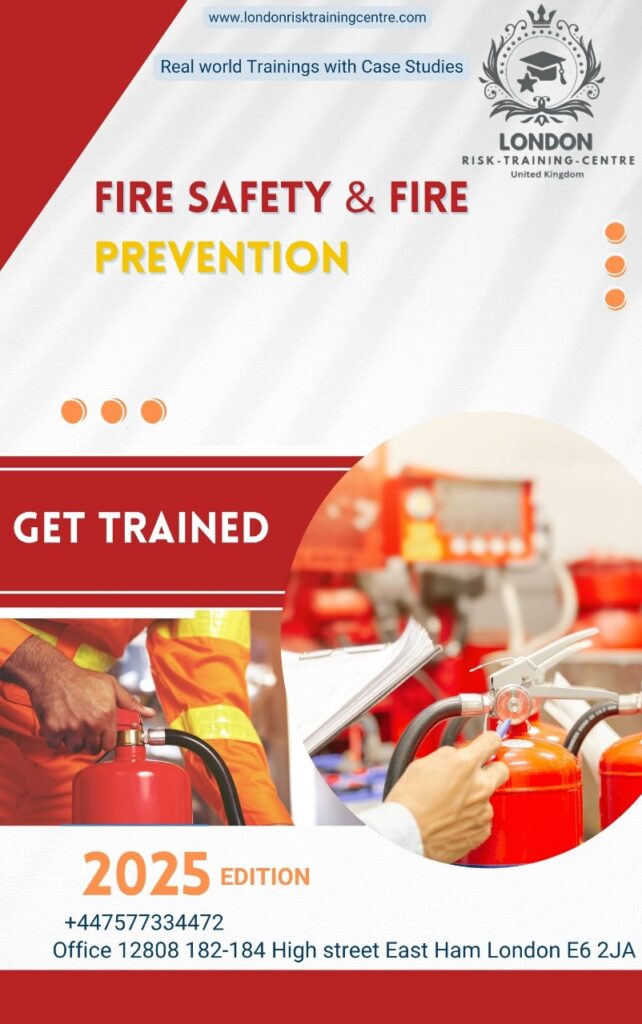
This course introduces the foundational principles of fire safety and prevention, focusing on how fires start, spread, and can be controlled. Participants learn about fire triangle theory, ignition sources, flammable materials, and fire-safe behaviors. The course emphasizes hazard recognition, basic fire extinguishing techniques, and proactive prevention measures. It’s ideal for all employees and frontline workers across various industries.

Fire Safety Level 1 is designed for workers with minimal exposure to fire hazards, providing essential knowledge of workplace fire safety, evacuation protocols, and use of portable fire extinguishers. Participants learn how to respond calmly and safely in the event of a fire, including identifying fire classifications and choosing the right extinguishing agent. This is an excellent course for general staff and support personnel.
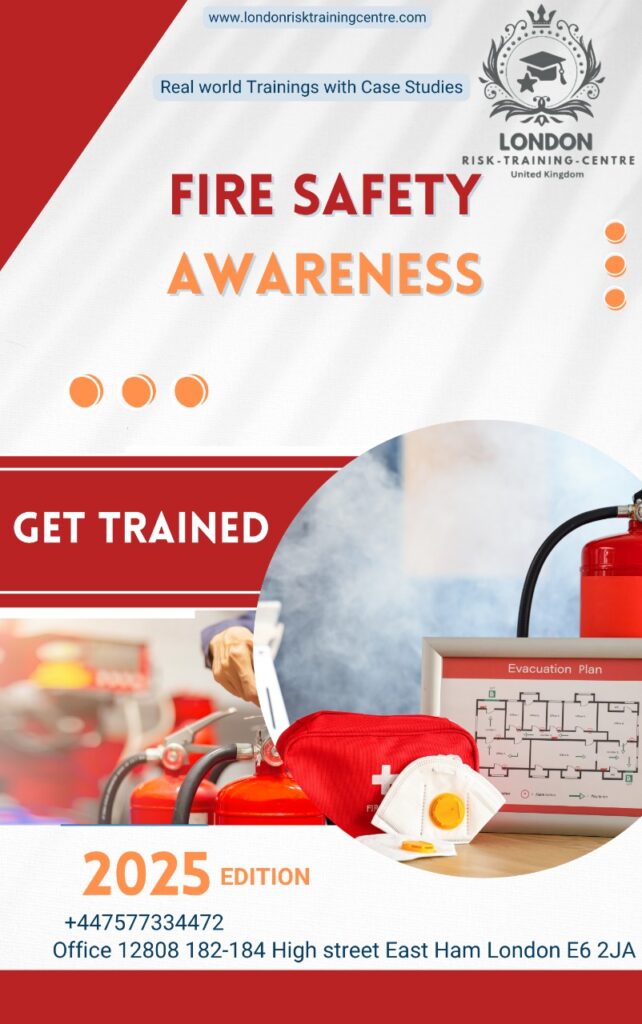
This awareness-level course offers a concise overview of fire risks, emergency actions, alarm systems, and escape route protocols. The course enhances employee readiness by providing the tools to recognize hazards early and respond appropriately. Suitable for new hires, administrative staff, and visitors to industrial sites, it promotes a basic yet crucial understanding of fire risk control.
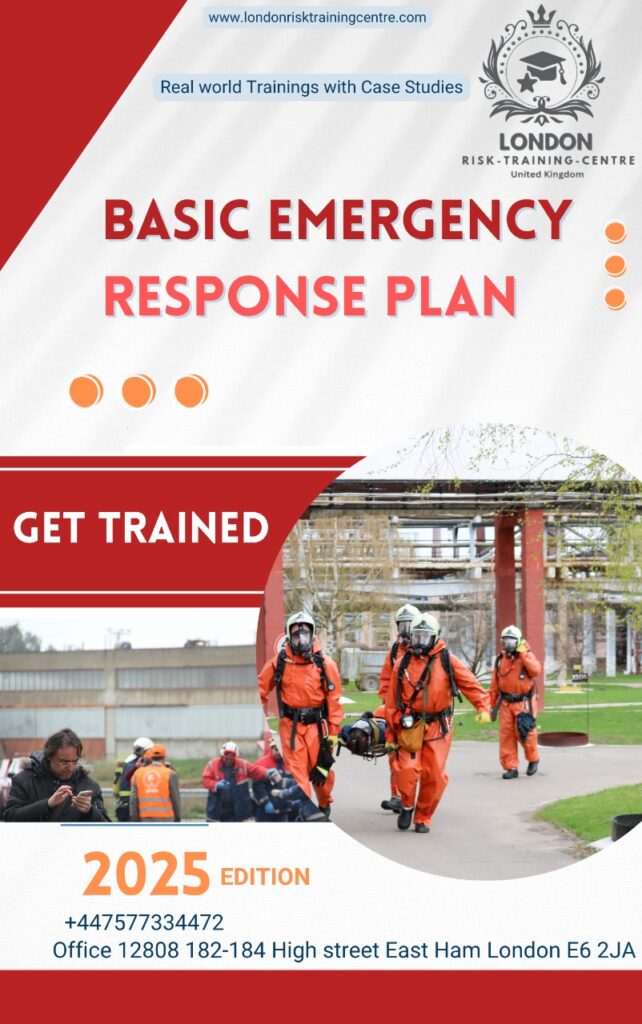
This course introduces participants to the components of a workplace emergency response plan, including fire response, evacuation planning, alarm systems, and emergency communication procedures. It explains roles and responsibilities during an incident, emphasizing coordination and accountability. Ideal for employees working in facilities where basic emergency readiness is required.
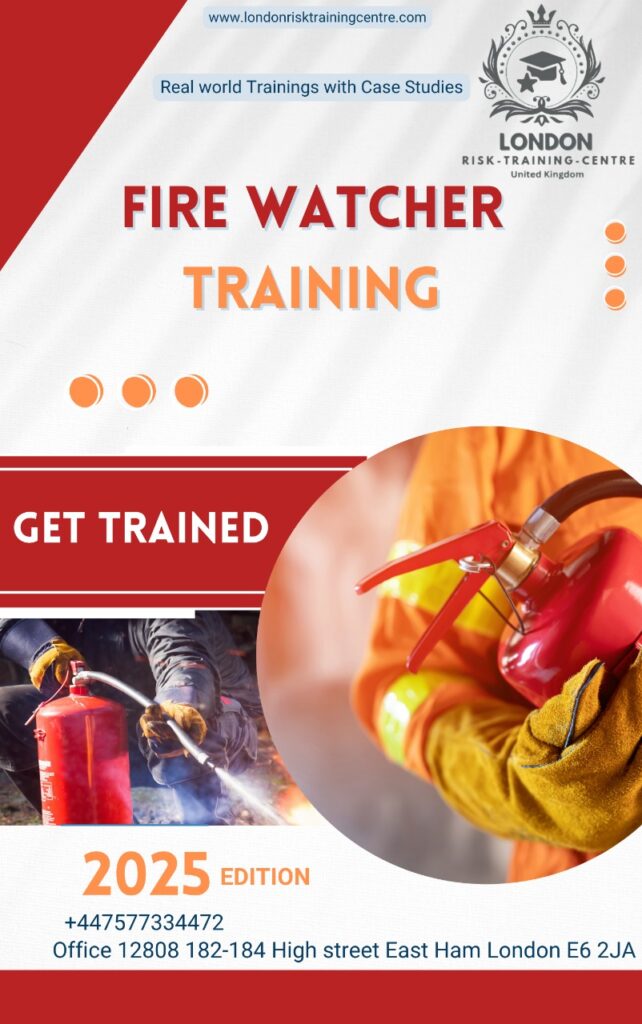
Specifically developed for those assigned as fire watchers during hot work operations (welding, cutting, grinding), this course covers pre-task assessments, fire hazard monitoring, extinguisher readiness, and emergency protocols. Participants are trained to remain alert, report potential risks, and act promptly to prevent incidents. It’s essential for construction and industrial maintenance teams.

SThis comprehensive course on Carbon Footprint Management equips participants with the knowledge and tools needed to measure, reduce, and manage greenhouse gas (GHG) emissions within organizations. Participants will learn how to identify emission hotspots, develop reduction strategies, implement sustainable practices, and prepare carbon footprint reports.

First Aid Level 1 provides essential lifesaving skills, including CPR, bleeding control, burns, and shock response. This course is ideal for non-medical personnel, teaching how to act effectively during initial stages of a medical emergency. It lays the foundation for more advanced first aid training and ensures workplaces are equipped with trained responders
Level 2
Intermediate Level

An advanced version of the basic course, First Aid Level 2 teaches participants to manage more serious injuries, including fractures, burns, eye injuries, and unconscious casualties. The course also emphasizes accident scene management, communication with medical professionals, and legal responsibilities. It’s ideal for supervisors, safety officers, and team leads.
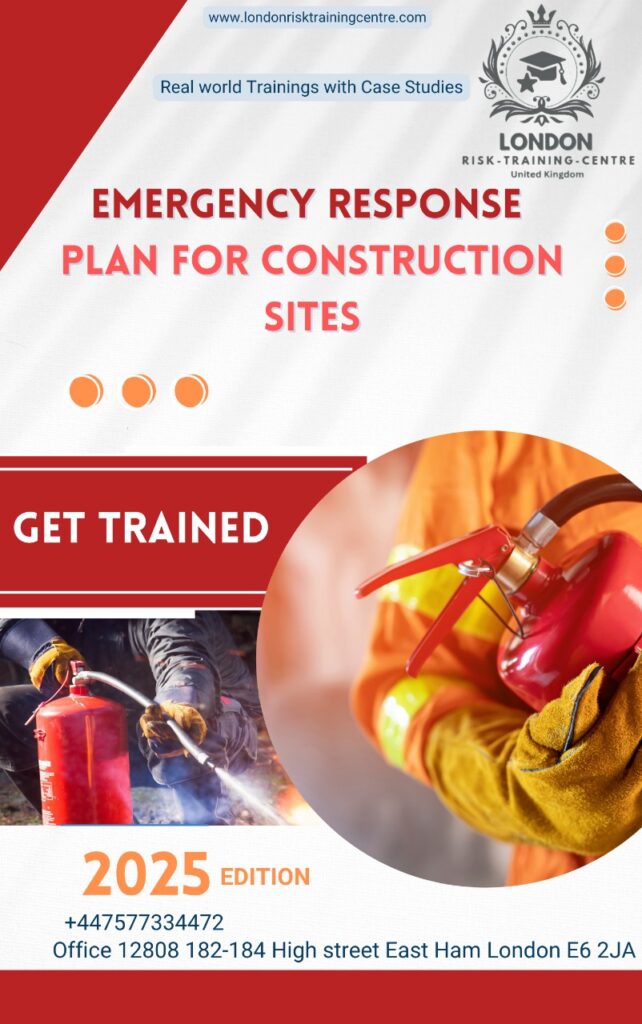
This site-specific course equips construction personnel with knowledge and skills to develop and implement emergency response plans tailored to active construction zones. It addresses unique challenges such as limited access, flammable materials, and multi-contractor coordination. It includes evacuation drills, incident command structure, and fire protection planning for temporary setups

Building on Level 1 knowledge, this course delves deeper into fire behavior, risk assessment, and emergency planning. Participants will learn how to conduct fire drills, maintain safety equipment, and support fire risk assessments. Designed for team leaders and supervisors, it also includes practical extinguisher handling and coordination of initial fire response.
Level 3
Advanced Level
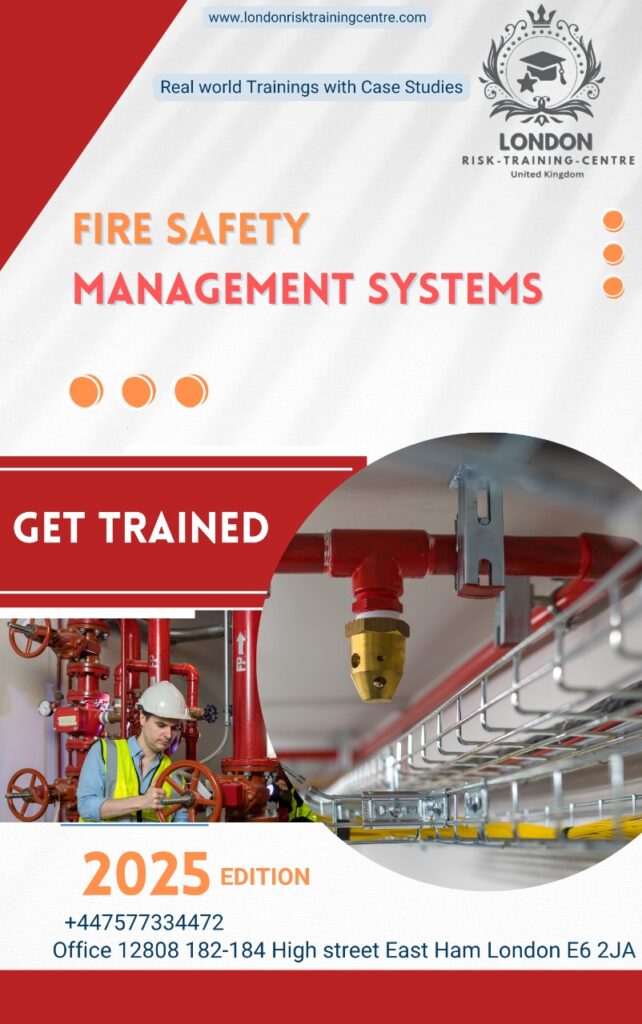
This course explores the design, implementation, and auditing of Fire Safety Management Systems (FSMS) in alignment with international best practices. It focuses on policy development, fire risk assessments, documentation control, and continuous improvement strategies. Essential for HSE managers aiming for a structured approach to fire risk control in complex organizations.
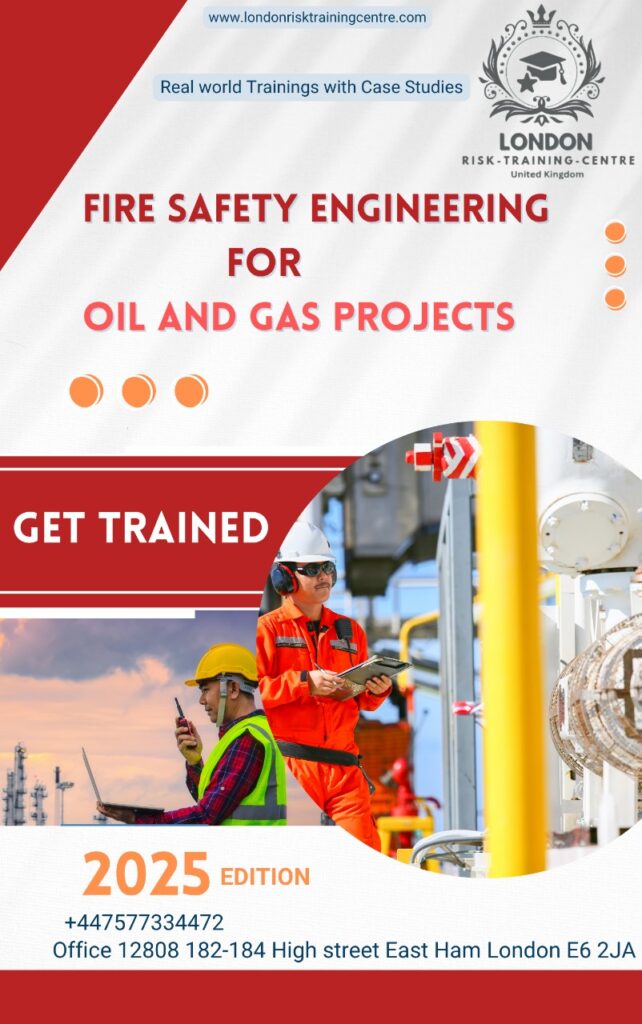
Focused on large-scale construction safety, this course teaches fire load estimation, evacuation modeling, fire protection systems, and coordination with building codes. Participants learn to integrate fire safety engineering principles during project planning, structural layout, and material selection, ensuring safety from blueprint to buildout
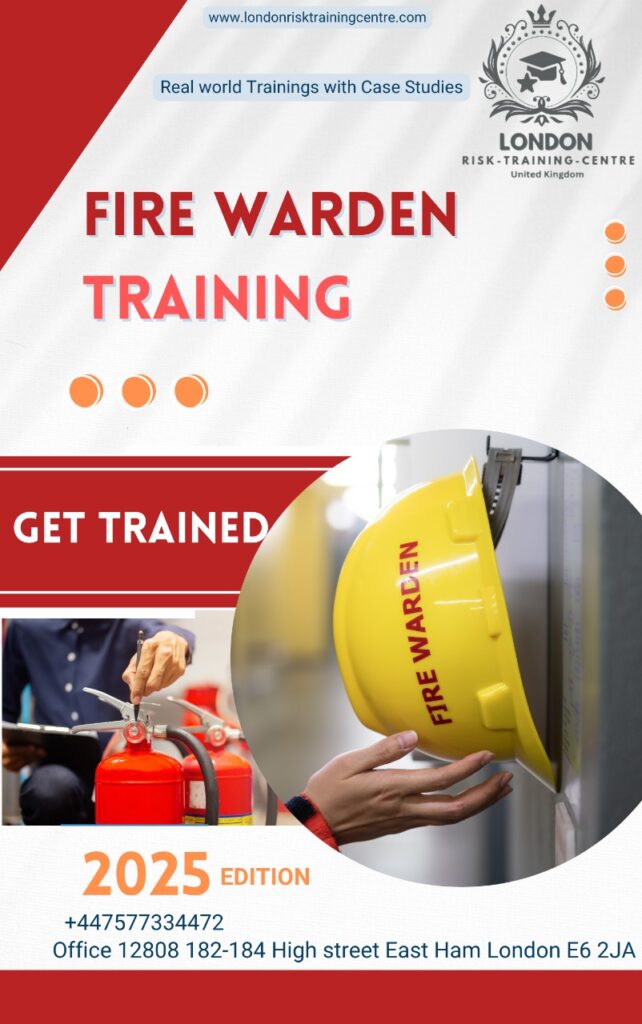
This advanced course prepares selected personnel to serve as fire wardens in their workplaces. It covers responsibilities such as pre-incident planning, fire risk inspections, head counts, evacuation coordination, and communication with emergency services. Ideal for offices, factories, and construction sites, this training ensures organized and effective fire response leadership.
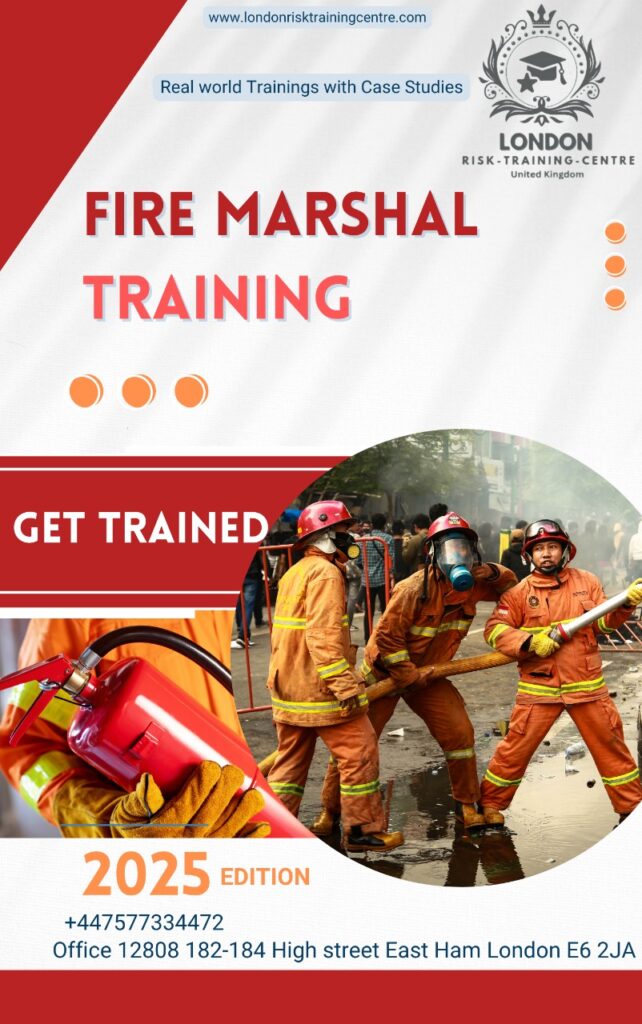
This in-depth course is designed for individuals with authority over workplace fire safety programs. Fire marshals learn to manage fire prevention systems, enforce compliance, investigate fire incidents, and conduct fire drills. The course is ideal for HSE managers, building supervisors, and compliance officers aiming to lead fire safety initiatives
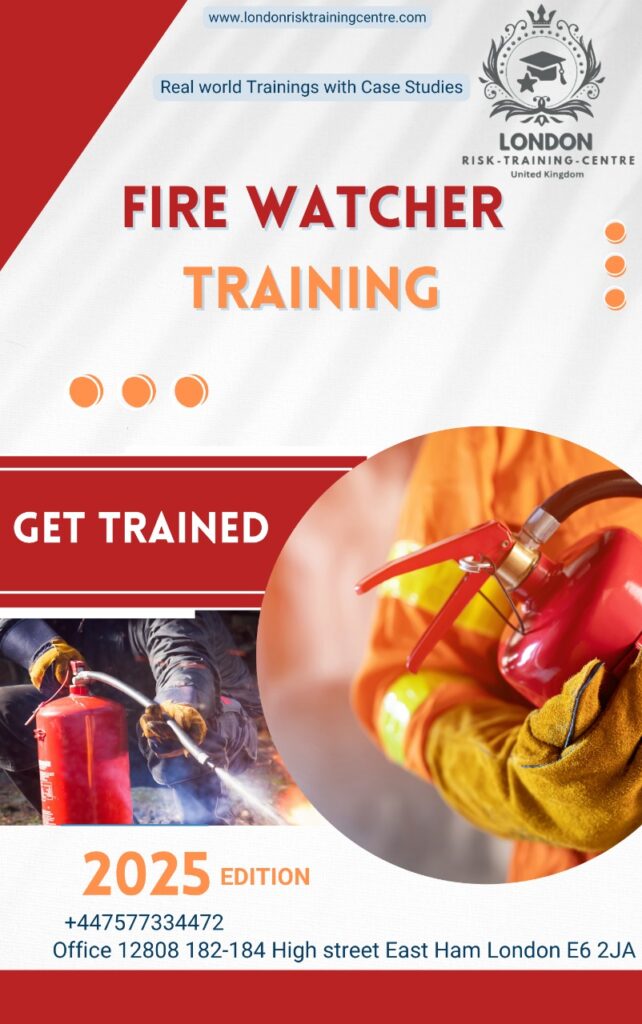
The Fire Watcher Training course is designed to prepare workers assigned to monitor hot work operations such as welding, cutting, grinding, or any task that poses a fire risk. This course provides participants with critical knowledge about fire prevention, hazard identification, and emergency readiness in industrial and construction settings. It covers responsibilities of a fire watcher, recognition of combustible materials and ignition sources, proper placement and use of fire extinguishers, and immediate response actions in the event of a fire.
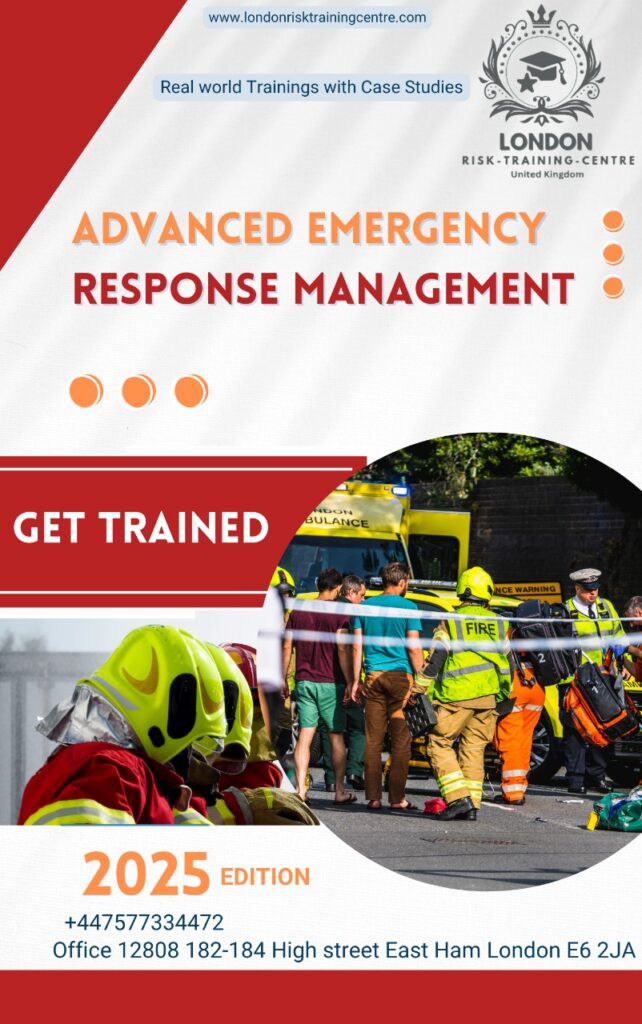
This leadership-focused course trains emergency coordinators in managing multi-hazard emergency responses, including fire, explosion, medical emergencies, and environmental incidents. Topics include crisis communication, ICS (Incident Command System), inter-agency coordination, and post-incident recovery planning. Suitable for emergency managers, safety directors, and HSE professionals..
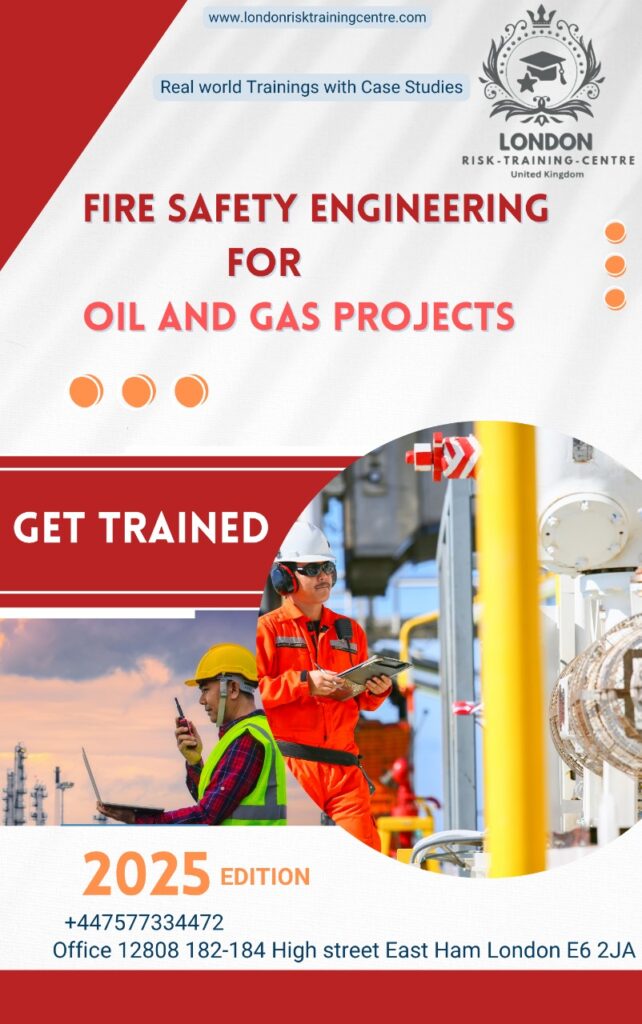
Fire Safety Engineering for oil & Gas
Specially designed for engineers and safety professionals working in oil and gas environments, this course covers fire risk assessment, fire suppression system design, explosion modeling, and compliance with API/NFPA/OSHA standards. It addresses complex scenarios such as offshore platforms, tank farms, and gas processing plants.
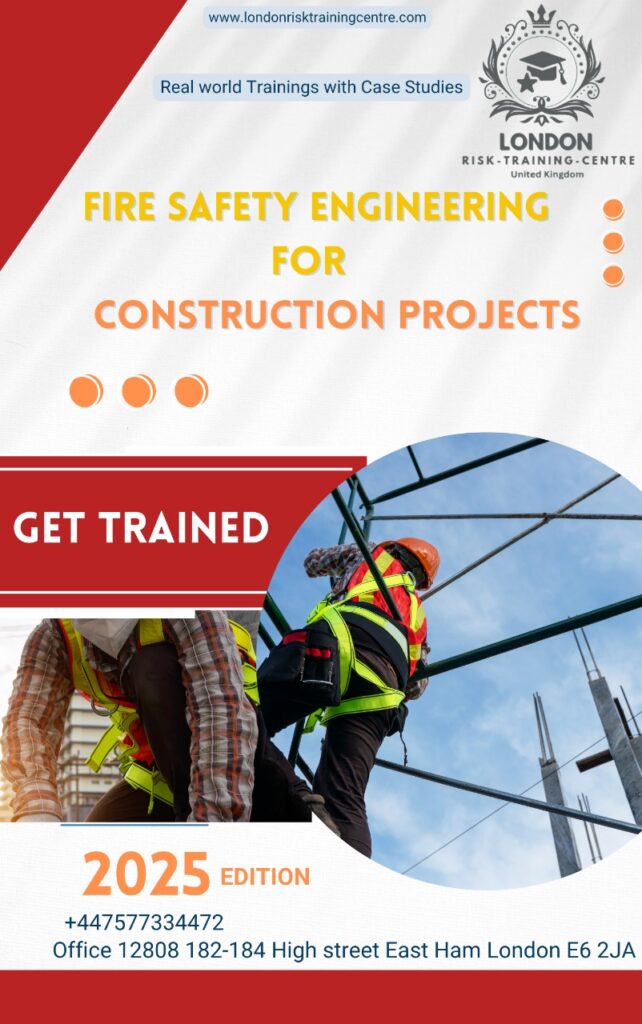
Focused on large-scale construction safety, this course teaches fire load estimation, evacuation modeling, fire protection systems, and coordination with building codes. Participants learn to integrate fire safety engineering principles during project planning, structural layout, and material selection, ensuring safety from blueprint to buildout